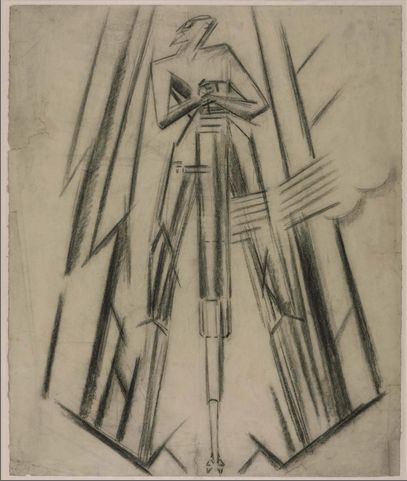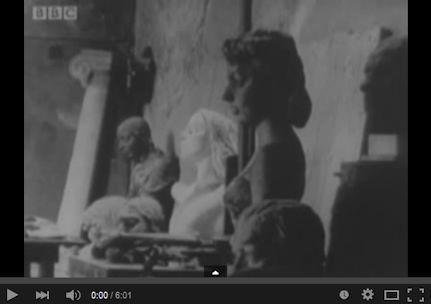|
Artist & Sculptor [1880 - 1959] Rock Drill 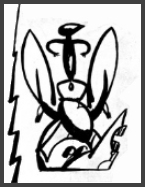 |
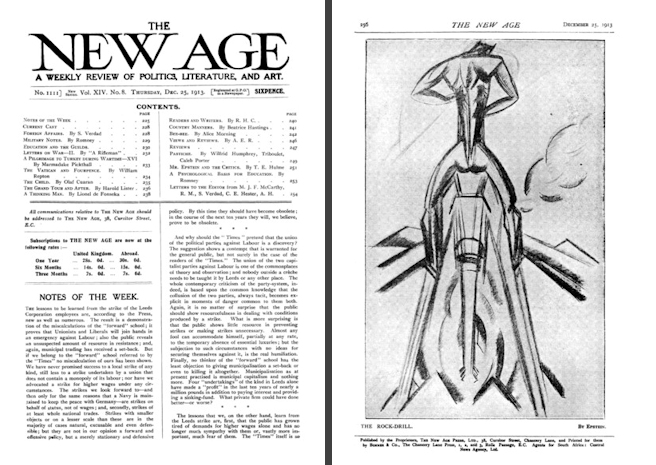 The New Age ( Volume 14, Number 8 ) London: The New Age Press, Ltd., 1913-12-25 full issue online free via Modernist Journals Project modjour.org |
___________________________________________________________
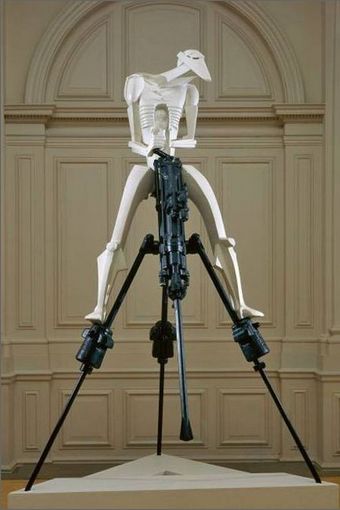 |
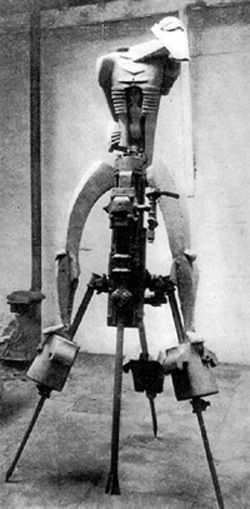 |
LEFT: The Rock Drill by Jacob Epstein (1913-14), reconstruction by Ken Cook and Ann Christopher RA, after the dismantled original, 1973-4. © Estate of Jacob Epstein; photograph: © Birmingham Museum & Art Gallery ________________________________ RIGHT: The image shows the sculpture 'The Rock Drill' (1913) by British sculptor Jacob Epstein as it was displayed at the Brighton City Art Gallery December 1913 to January 1914 . From: The Modernism Lab at Yale University |
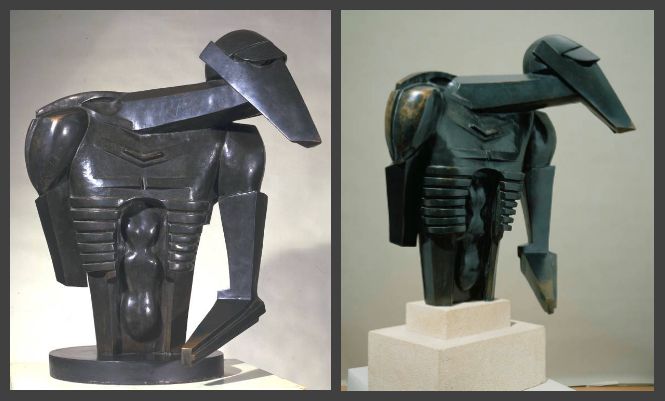 |
|
Torso in Metal from 'The Rock
Drill' 1913–4
Text below from The
Tate:________________________________________________________________________________________________________ The artist stated in The Sculptor Speaks, 1931, p.45: “The Rock Drill” is not entirely abstract. It is a conception of a thing I knew well in New York and is my feeling of that thing as a living entity, translated into terms of sculpture. It is a thing prophetic of much of the great war and as such within the experience of nearly all and has therefore very definite human associations.He wrote further in Autobiography, 1940, p.56: ‘It was in the experimental pre-war days of 1913 that I was fired to do the rock-drill, and my ardour for machinery (short-lived) expended itself upon the purchase of an actual drill, second-hand, and upon this I made and mounted a machine-like robot, visored, menacing, and carrying within itself its progeny, protectively ensconced. Here is the armed, sinister figure of today and tomorrow. No humanity, only the terrible Frankenstein's monster we have made ourselves into.... |
|
It's ironic that Jacob Epstein's Rock Drill sculpture
became an iconic emblem for Vorticism, Futurist
sculpture, and the 'new art'. It's easy to
see why - the powerful, direct imagery conveys not only
the force of a man merged with the force of a drill, but
a man merged with the new social norm of sharing his
life and life actions with the machinery of his
age. And his age became our age. Like many of the Vorticists, Epstein later dismissed the machine aesthetic in art, but instead of merely claiming a lack of interest, he extrapolated on his views in Chapter Six of his memoir "Let There Be Sculpture", which is freely available online at archive.org . An Excerpt is below. ________ NOTE: Thanks to the efforts of Richard Cork who wrote the monumental study of Vorticism (Vorticism and Abstract Art in the First Machine Age, 2 vols.), Rock Drill was reconstructed by Ken Cook and Ann Christopher RA, after the dismantled original in 1973-4. |
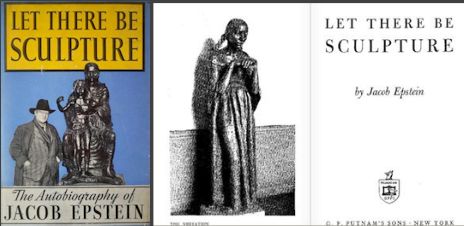 |
LET THERE BE SCULPTURE ___________________________ Epstein, Jacob G.P. Putnam's Sons New York, 1940 full text free online at: archive.org |
| Jacob Epstein on Rock Drill from: Chapter Six: Abstractionists and Futurists. A Philosopher Friend (1913-1917) [p. 49]It was in the experimental pre-war days of 1913 that I was fired to do the Rock Drill, and my ardor for machinery (shortlived) expended itself upon the purchase of an actual drill, second hand, and upon this I made and mounted a machinelike robot, visored, menacing, and carrying within itself its progeny, protectively ensconced. Here is the armed, sinister figure of today and tomorrow. No humanity, only the terrible Frankenstein we have made our selves into. I exhibited this work complete in plaster at the London Group, and I remember Gaudier-Brzeska was very enthusiastic about it when, in 1913, he visited my studio with Ezra Pound to view it - Pound started expatiating on the work. Gaudier turned on him and snapped, "Shut up. You understand nothing." Later I lost my interest in machinery and discarded the drill. I cast in metal only the upper part of the figure. In reviewing this period and its concern with abstract forms, I cannot see that sculptors who took up abstraction later and used it made any advance on the 1913-14 period, or produced more novel forms, although with surrealism came in the use of mannequins from shop windows and castings from life; also the incorporation of loaves of bread, lunatic collections of nails, and bird cages. Actual movement is not novel either, for I had thought of attaching pneumatic power to my rock drill and setting it in motion, thus completing every potentiality of form and movement in one single work. All this, I realized, was really child's play, like those toy circuses that children get going and which fill them with such excitement. This kind of excitement is far removed from the nature of the aesthetic experience and satisfaction that sculpture should give. In our attempts to extend the range of sculpture we are led into extravagance and puerility. ________ Epstein
also reminisces about Gaudier-Brzeska at several
points in the book: |
|
Below: Studies for Rock Drill
_______________
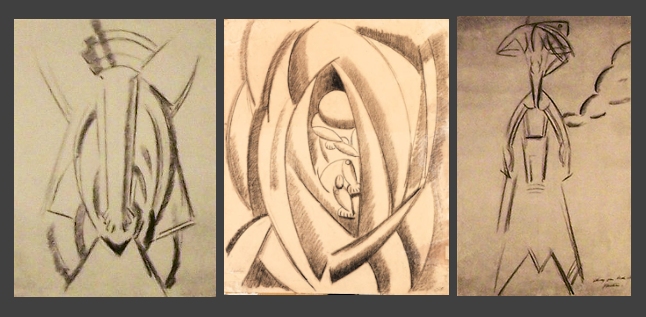 ________________
Left and Far
Right: Anthony D'Offay Gallery ; Center: Leicester
Galleries
|
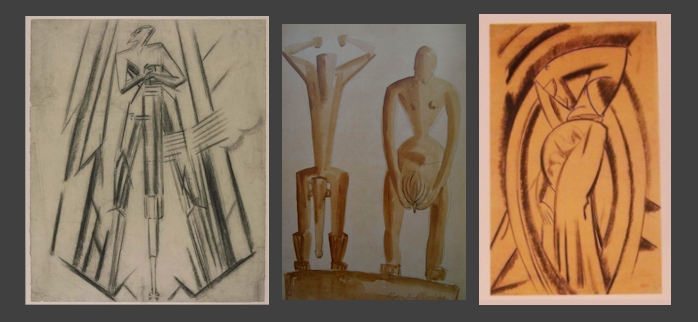 __________________ Left: Tate Museum ; Center: www.benuri.org.uk ; Right: Female Figure, Anthony D'Offay Gallery ____________________________________________________________________________ |
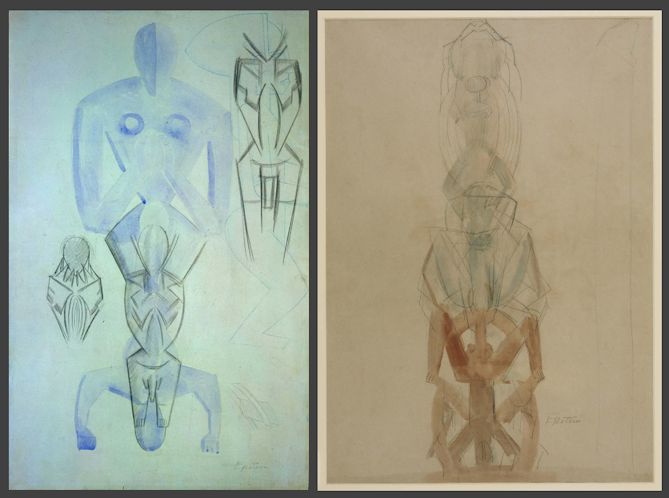 |
LEFT:
Study for Rock Drill __ Watercolour and pencil Circa 1913 via Daniel Katz Ltd, Fine Art _________________________ RIGHT: Totem __ Circa 1913 Graphite & watercolour on paper via www.tate.org.uk |
|
http://www.boundarygallery.com/frameset_artists.html
 |
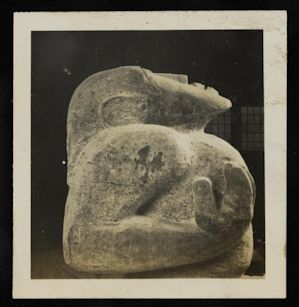 |
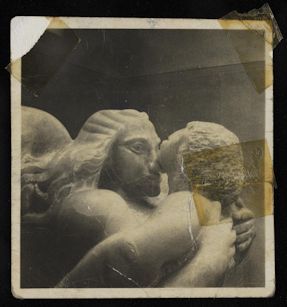 |
The Tate
Museum
has a compelling series of photos of Jacob Epstein's sculptures: Jacob and The Angel and Adam _________ by an unknown photographer ____ below is a small sample |
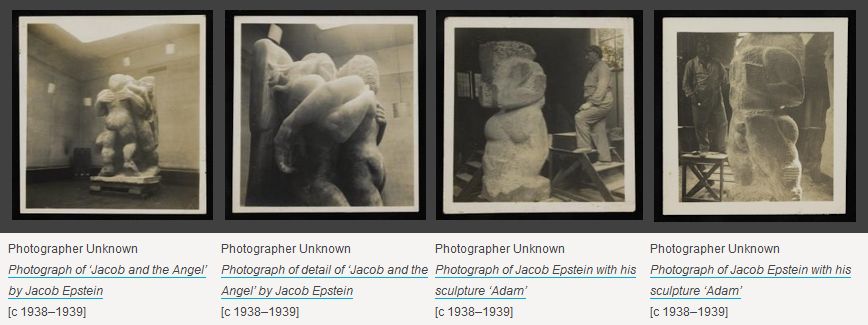 |
| |
|
Film of Jacob Epstein's studio
accompanied
by comments from the sculptor on his work. _________________ From the BBC's art programme "Monitor", broadcast in 1958 __________________
|
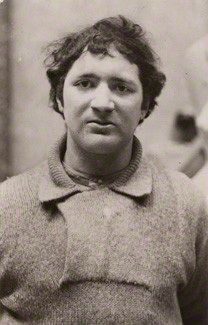 |
Jacob Epstein by Barratt's Photo Press Ltd http://www.npg.org.uk/
|
Flashpoint Magazine: a Journal of the Arts and Politics - Issue #17
